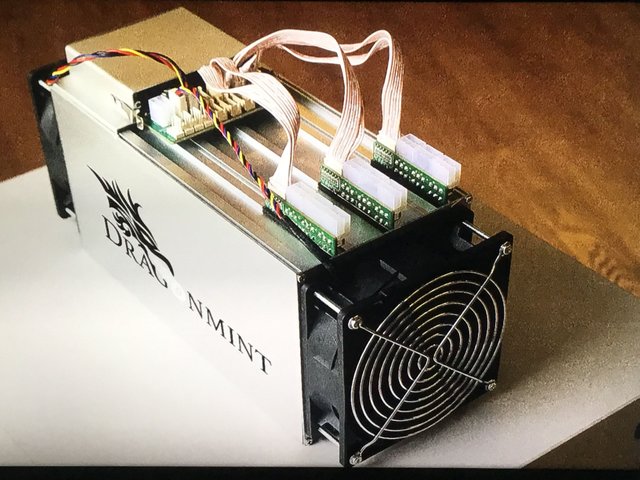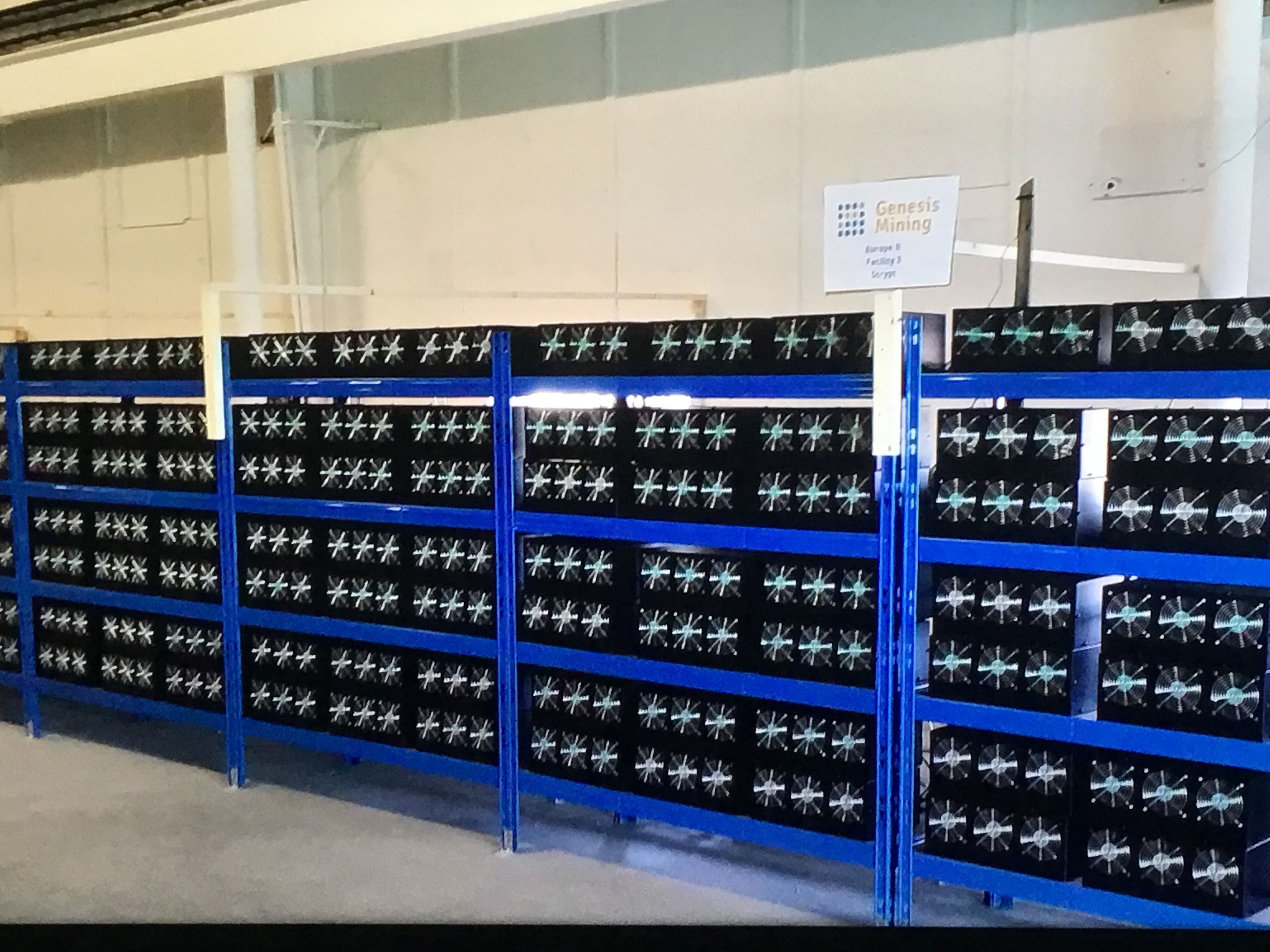Cryptoassets and the Next-Generation Web: More On Mining
CRYPTOASSETS AND THE NEXT-GENERATION WEB
MORE ON MINING
In the previous instalment, we saw how ‘mining’ involves solving a randomly-generated mathematical puzzle, a puzzle that must be completed before any transactions can be confirmed. In a way, the miners are not really concerned with keeping the blockchain up to date and confirming transactions. Rather, confirming transactions happens almost as an unintended consequence of the race to find the golden hash. The purpose of the puzzle is to create competition with a payout of bitcoin rewarded to the miner who solves it, and it is this possible payout that incentivises investing in the resources required to confirm transactions.
It should be pointed out that there really is no way to figure out what the golden hash is. Instead, each miner guesses the correct hash, and keeps guessing until it’s found. Other than raw computational ability there is no limit to how many guesses miners can make, and today the best mining rigs make trillions of guesses per second. This imposes significant costs, both in terms of the hardware involved and the electricity consumed. This helps to regulate mining by creating a reciprocal relationship between bitcoins and the work required to obtain them. It also means that bitcoins have real value because real work and resources went into their creation.

(A mining rig. Image from pixabay)
Another thing that arguably makes bitcoins valuable is that Bitcoin was designed from the start to generate a finite supply of bitcoin. In the first four years of its life, the protocol released a fixed amount of 50 bitcoin every ten minutes or so. By the end of 2012 the issuance of bitcoin was down to 25 every ten minutes, and every four years the supply is halved again until no more bitcoin are issued, some time around 2140. By that time, a total of 21 million bitcoin will have been released. Because bitcoin are in ever-diminishing supply, eventually an alternative form of compensation based on transaction fees will take over (and small fees have always been mandatory for tiny transactions as a means of discouraging denial-of-service attacks).
A thought may have occurred: If people are racing to build more powerful hardware capable of making more guesses, won’t the puzzle be solved more quickly as those faster machines join the network? The answer is no, because the system is set up to increase the complexity of the puzzle as more nodes are added to the network, thereby ensuring that the bitcoin reward program sticks more or less to a ten-minute-per-block schedule.
The race to solve the puzzle is not absolutely guaranteed to go to the most powerful mining rig, but it’s extremely unlikely that an ordinary PC will happen to guess the golden hash rather than a mining rig capable of trillions more guesses. Once upon a time, in the early days of bitcoin, ordinary PCs were quite capable of earning bitcoins, but since those early days there has been a race to build ever-more powerful hardware, so that now only those with access to warehouses full of expensive equipment designed to do nothing but mine bitcoin (‘ASICS’ or ‘Application-Specific Intergrated Circuits, integrated circuits purpose built for a particular task) can turn a profit this way. To have a sense of the money involved here, consider that in 2014 miners collectively invested a billion dollars’ worth of mining rigs.

(Image from wikimedia commons)
Lots of computing power consumes lots of energy in terms of running the machinery and dealing with the heat generated in the process. Places like Iceland have relatively accessible geothermal energy and plenty of cold air, and have therefore become favoured places for building dedicated bitcoin-mining warehouses.
Some environmentalists have raised concerns about all the energy being consumed in the competition to win bitcoin. For example, an Australian environmental scientist called Guy Lane calculated that a $100,000 bitcoin price would produce as much carbon as Germany outputs, which is to say around 825 megatons per year. Actually, that calculation was based on the assumption that people would continue to rely on GPUs, whereas in reality mining moved on to ASICS which are 650 times more efficient. Even so, it’s fair to say that the world has not seen anything like the level of computational expansion that mining has caused, and there are genuine concerns that if Bitcoin was to become the standard currency for the world economy, the environmental costs would be ruinously high.
One also has to question whether the world’s largest supercomputer is really being most usefully employed by having it do nothing but guess the golden hash in the hope of being rewarded with a diminishing supply of a cryptoasset. There is something of a gold rush mentality going on here, and it could be argued that the speculative nature of those limited bitcoin has caused Bitcoin to move away from its intended purpose. The white paper that introduced the world to the Blockchain spoke of a ‘peer to peer currency system’, so it’s likely that what Nakamoto had in mind was a payment system that neatly did away with central banking and all the bureaucracy that entails, and in so doing bring banking to the ‘unbanked’, typically people in poorer nations banks won’t serve. But, instead, Bitcoin has become less a currency to spend and more a store of value to be hoarded in the hope that demand drives the price up even higher. With demand for bitcoin now so high, it can take days to clear a transaction and the fees being applied can be so high exchanges don’t recommend transactions under $500-worth. Of course, Bitcoin is only one of thousands of alternative cryptoassets, and such criticisms may not be valid for every cryptocurrency, asset or token.
REFERENCES
“Cryptoassets” by Chris Burniske and Jack Tatar
“Cryptocurrency: The Future Of Money?” By Paul Vigna and Micheal J Casey
“Second Lives” by Tim Guest
“Hidden Secrets Of Money” by Mike Maloney
It is clear that the current processes are not sustainable, and they will only get worse. To put it simply, as more and more Bitcoins are mined, the mathematical problems that computers must solve to generate more Bitcoin will get increasingly difficult, requiring even more processing power we need alternative solution for green power supply..
I dont think it was ever envisioned that PoW would become so energy intensive, even though ASICs are efficient at the hash per Watt level, the sheer number and wastage of hashes is staggering and will only increase.
Projects that address the issues of Bitcoin (or PoW mining in general) are #Gridcoin and #SolarCoin.
Gridcoin rewards for computing work done, but it is genuinely valuable scientific research.
SolarCoin incentivises the operation of solar energy plants, its feasible that SolarCoin could generate more energy than its block-chain consumes.
Great article, some time great solutions bring new problems. I think the POS will be a better energy solution and I also wonder what will happen when the last bitcoin is minded. Thanks for your post. very informative.
Mike Maloney spoke of a different way of doing a decentralised ledger, which is hashgraph. It sounded like it is a lot more energy efficient than the blockchain.